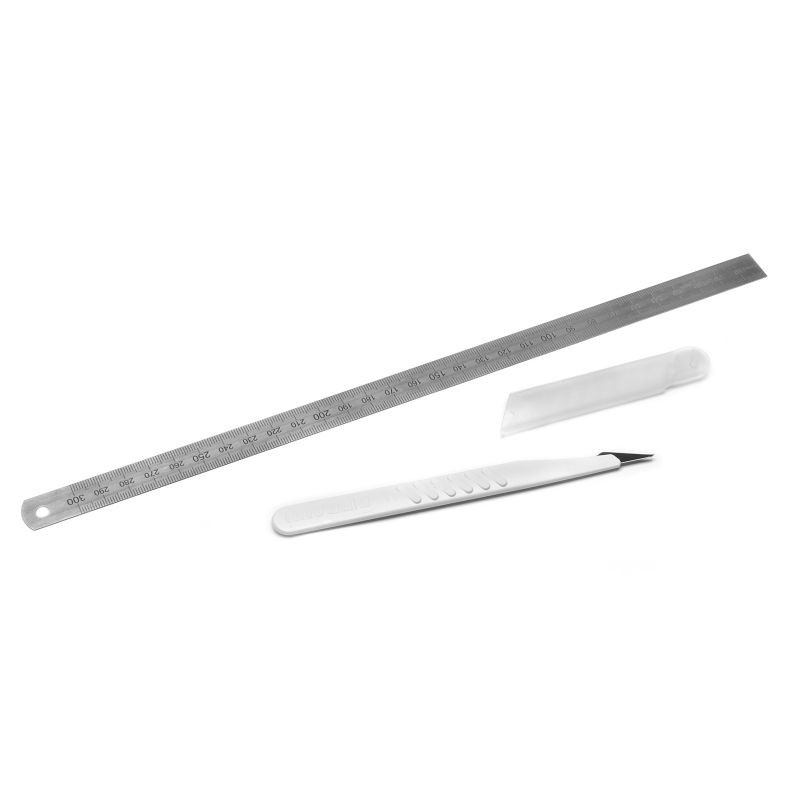

Keine Marke



Política de seguridad

Política de envío

Política de devolución
Aktuell keine Kunden-Kommentare
Referencia: 11/26
Estas potentes y afiladas cizallas simplifican la tarea de cortar los componentes de la carrocería moldeados al vacío. Los paneles de acristalamiento, los tanques de combustible falsos, etc. se cortan fácilmente a lo largo de las líneas moldeadas con estas tijeras especiales.Sugerimos no cortar nada hasta que esté satisfecho con las dimensiones exactas....
Referencia: 11/64
Fresas para agujeros de hasta 16 mm Ï
